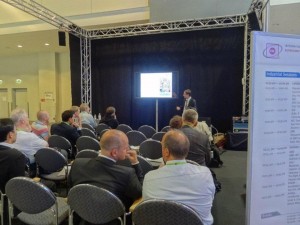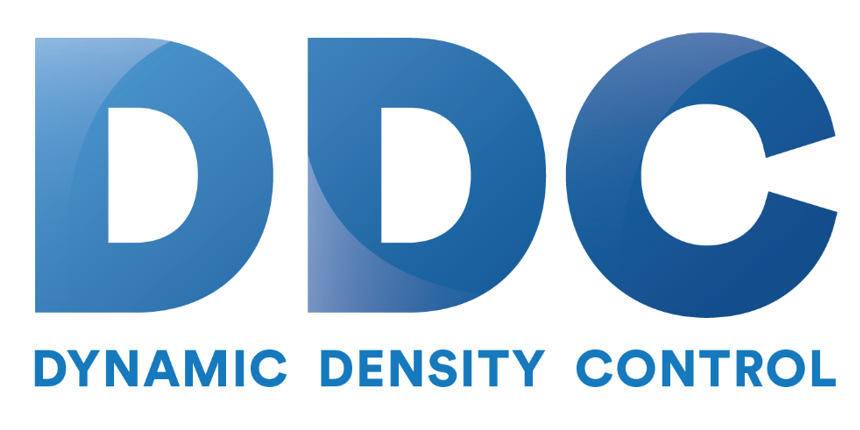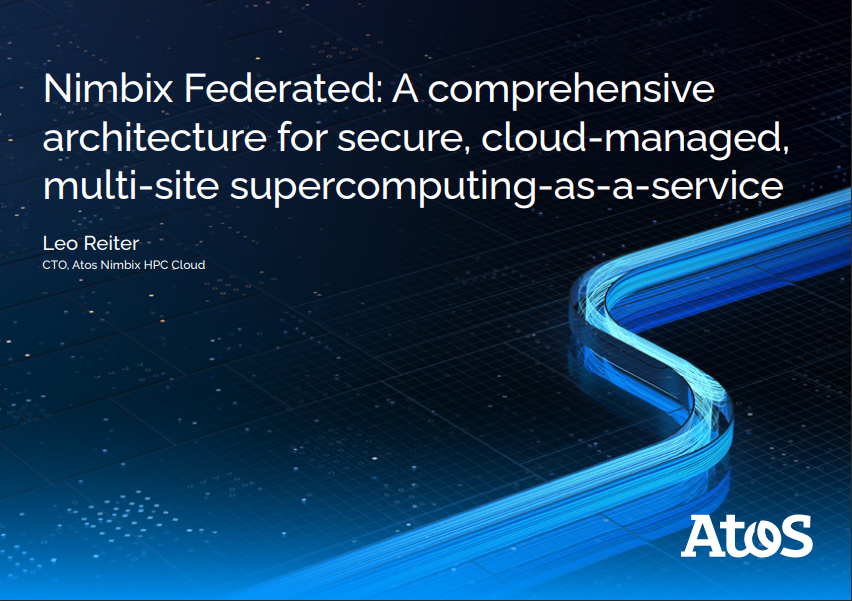 ISC’14 has announced the first-ever Exhibitors Innovation Forum, an exciting opportunity to help first-time exhibitors share the stories behind their product development. Their goal is to bring the successful candidates face to face with users, collaborators and the media. To learn more, we caught up with Nages Sieslack from ISC and Steve Conway from the Exhibitors Innovation Forum Steering Committee.
ISC’14 has announced the first-ever Exhibitors Innovation Forum, an exciting opportunity to help first-time exhibitors share the stories behind their product development. Their goal is to bring the successful candidates face to face with users, collaborators and the media. To learn more, we caught up with Nages Sieslack from ISC and Steve Conway from the Exhibitors Innovation Forum Steering Committee.
insideHPC: Where did the idea for the Exhibitors Innovation Forum come from?
Nages Sieslack: The ISC exhibition has a tradition of hosting a number of new companies with promising technologies and innovative products. This year, for example, we will showcase over 20 companies that have never exhibited at any prior ISC events.
As each organization competes on the show floor for attention, we thought that by providing a special forum for newcomers, we would be able to help make them more visible to visitors and the media. This is the first time we’ve done this type of forum, so we’ll see how the crowd receives it.
insideHPC: How many submissions did you get and what did they look like?
Nages Sieslack: We were hoping to feature as many as 10 companies, but unfortunately out of the submissions we have received, the steering committee deemed only six adhered to our rather strict guidelines. Our steering committee consists of Steve Conway from IDC, insideHPC’s publisher, Rich Brueckner and Ad Emmen of Primeur Magazine who are all individuals quite familiar with the range of products and services currently offered in the high-performance computing space, so their focus was on companies that were differentiated from the rest, and with promising products.
insideHPC: Can you tell us more about some of the more interesting submissions?
Nages Sieslack: I think the steering committee can answer this best. I find it interesting that we are featuring truly global companies of small and medium sizes, and from different parts of the world. We received submissions from China, Taiwan, northern and southern Europe and the US. Not all geographies made the final cut, but it was encouraging to see the level of international participation.
insideHPC: When will you announce the winners and the schedule for the Exhibitors Innovation Forum?
Nages Sieslack: We will be making the announcement this coming Friday, April 25. The successful candidates and the forum schedule will be published in our online agenda planner soon afterwards.
insideHPC: Were there any surprises in the submissions for the Exhibitors Innovation Forum this year?
Steve Conway: For someone like me who lived through the HPC market’s doldrums in the first half of the 1990s, the continuing surprise is that the market is vibrant again with innovation, as these submissions demonstrate. It’s a renaissance, and a lot of the innovation has been coming from smaller companies like these ones. That’s because the market has evolved. In the early supercomputer era, vendors had to develop most of their own technologies because there was little in the open market to buy. But as HPC systems increasingly exploited market technologies, the business models for these big, vertically integrated supercomputer makers changed and it no longer made sense for them to do it all themselves. Smaller companies started springing up to fill the innovation gap. Today, a lot of HPC innovation happens in smaller companies and the larger, established companies are also stepping up innovation to prepare for exascale and other challenges. It’s a good time to be in HPC.
insideHPC: What did you look for in the submissions you voted for?
Steve Conway: First, I looked for technologies or other developments that are different in some way from what already exists in the HPC market place. Second, I looked for companies and individuals that seem focused on succeeding. As you know, many new ventures fail because they try to do too many things or sell to too many types of customers. Having a realistic focus is very important.
insideHPC: Do you think we’ll see these companies powering disruptive technologies in the near future?
Steve Conway: It’s hard to tell because most of these companies are still very small. Disruption requires not just a compelling idea but the means to drive the idea into a market. Few ideas are so powerful that they catch fire on their own. One advantage, though, is that HPC users are far more risk tolerant than their counterparts in business IT. Clusters, Linux and other new technologies have become dominant in HPC in as little as five years. Also keep in mind that a new technology doesn’t need to be wildly disruptive to succeed. It can be broadly adopted to enhance the existing infrastructure, or a small company can be acquired to add to the success of a larger, established company, or it can merge with another small company if their technologies are complementary — although small companies are often very wary of each other.
insideHPC: The x86 platform seems to dwarf everything else in supercomputing. In your view, is it still possible for a small company to disrupt the HPC market?
Steve Conway: Systems with x86 processors from Intel and AMD have about an 80% share of the HPC server market today, but x86 processors were not originally designed for HPC workloads and don’t do everything well. This has created disruptive opportunities for other types of processors, such as NVIDIA GPGPUs, Intel’s own Xeon Phi coprocessors, and base processors from the UK’s ARM Holdings. ARM’s 2013 revenue was on the order of $1 billion but most of that was not in HPC. From an HPC standpoint ARM might qualify as a small company whose IP is leveraged by other companies.
The Forum will take place in the exhibition hall, from 1:15 pm – 2:30 pm on June 25. Each of the selected companies will receive an eight-minute presentation slot followed by a two-minute question and answer session moderated by Steve Conway.






